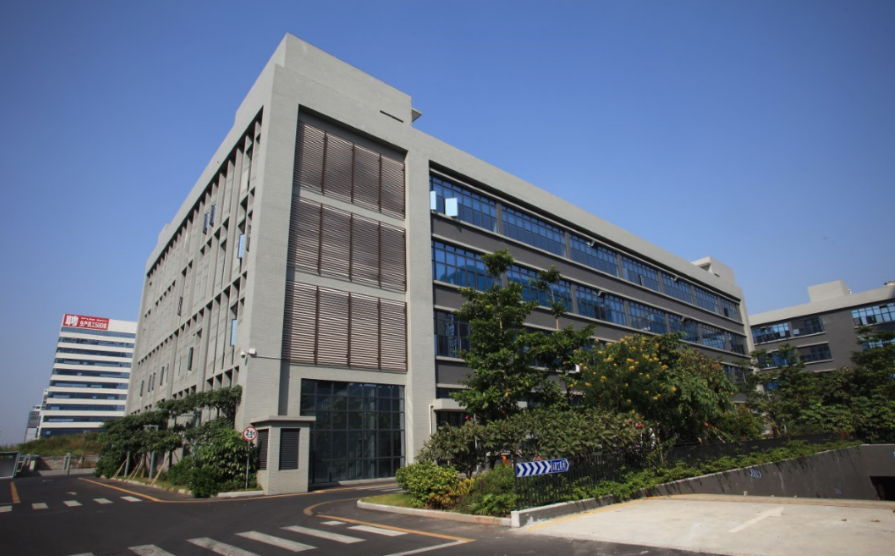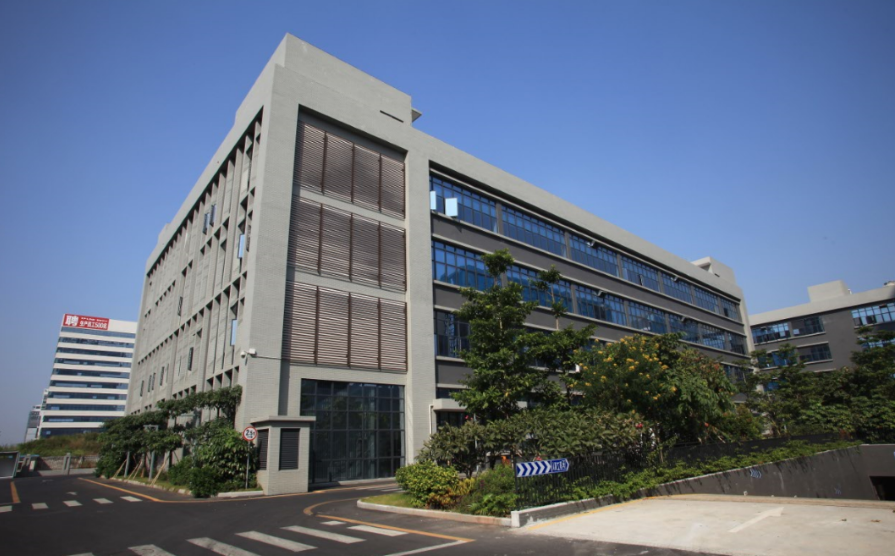Before browsing the UPS specifications, you need to understand what these terms represent. Here are the 8 most common you will encounter at the specification of a UPS: efficency, transfer time, MTBF, UPS frequency, nominal voltage, THD and waveform.
1.Efficency: It's a key indicator of UPS,especially UPS with large capacity. The higher the output power factor the UPS is, the higher the system efficiency.
UPS Efficiency calculation: It is the ratio of output active power to input active power under full load.
2.Transfer time: Transfer time means how long it takes the UPS to switch from one state(i.e. Online mode, On battery...) to another. Ups transfer time refers to the UPS switch from the utility supply to the battery derived supply whenever there is a mains failure. It also refers to the time it takes for the UPS to switch back from the batteries to the mains when the utility power resumes.
The online UPSs have a zero transfer time because the inverter is always on and supplying the power to the load while standby UPSs have an average of 8ms. The typical transfer times are:
Standby UPS: 5-12 ms, – average 8 ms
Line-interactive UPS: 3- 8ms – average 5 ms
The double conversion has a zero seconds transfer time
3.MTBF(Mean time between failure)It refers to the average time between system breakdown(UPS breakdown). It is used to determine the reliability of a product. The higher the MTBF, the higher the reliability of a product.
The average MTBF are:
small capacity UPS is 40,000 hours
Medium capacity UPS:130,000-220,000 hours
Large capacity UPS:200,000-400,000 hours
4.UPS frequency:The frequency of the UPS output must match the requirements of the load. Switch-mode power supplies have a wide (47 - 63 Hz) range to be able to operate from either 50 or 60Hz. Other loads may require either 50 or 60Hz.
5. Nominal voltage:The nominal voltage is the voltage level of the electrical power system. The equipment designer first considers the nominal voltage for which equipment is operated.
6. Power factor:Power Factor is a measure of how efficient the electrical equipment is using electricity. It is the ratio of working power, measured in kilowatts (kW), to apparent power, measured in kilovolt amperes (kVA). It is calculated as a decimal or percentage between 0-1 pf and 0-100% i.e. 0.9 pF = 90%
7. THD (Total Harmonic Distortion): Total harmonic distortion (THD) is an important aspect in power systems and it should be kept as low as possible. Lower THD in power systems means higher power factor, lower peak currents, and higher efficiency.
8. Waveform: There are three different types of waveforms that a UPS can output depending on its design: Square Wave, Simulated (or Modified) Sine Wave or Pure Sine Wave. Each waveform type has a range of applications and advantages/disadvantages.
Read More:







































